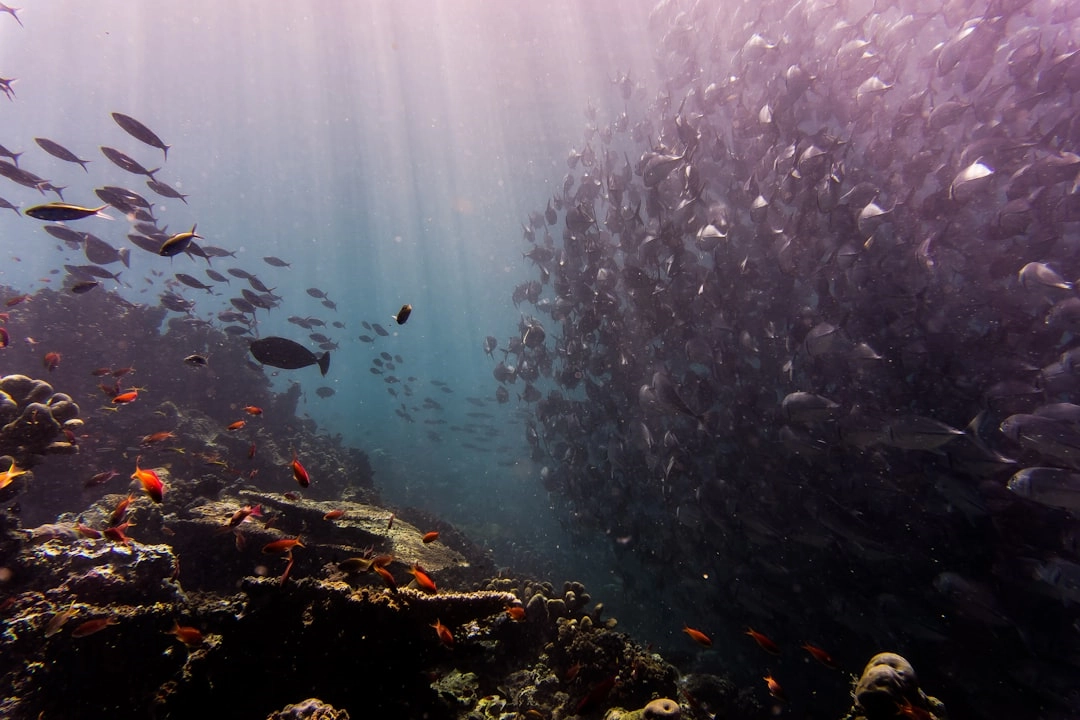
What it is:
Eco-friendly innovations in water sports equipment refer to the development and use of sustainable materials and designs aimed at reducing the environmental impact associated with traditional water sports gear. This includes items such as surfboards, kayaks, stand-up paddleboards, and wetsuits made from biodegradable materials, recycled plastics, or other sustainable resources. These innovations not only aim to minimize waste and pollution but also promote a more environmentally conscious approach to water sports, encouraging enthusiasts to engage with nature in a responsible manner.
Real-world problems:
Despite the positive strides in eco-friendly water sports equipment, several real-world problems persist. One major issue is the high production costs associated with sustainable materials. Many eco-friendly alternatives are often more expensive than their traditional counterparts, making it challenging for consumers to make the switch. This can limit the market’s growth and accessibility.
Another problem lies in the availability of these innovative products. While several companies are actively creating eco-friendly water sports gear, widespread distribution and visibility remain obstacles. Many consumers may be unaware of the options available to them or may struggle to find these products in local sporting goods stores.
Environmental awareness among water sports enthusiasts is also a challenge. While many individuals are passionate about the environment, others may prioritize performance or cost over sustainability. This mindset can hinder the broader adoption of eco-friendly innovations within the water sports community.
Additionally, there are concerns regarding the durability and performance of eco-friendly materials compared to traditional options. Some consumers may worry that opting for sustainable gear could compromise their experience on the water, which can be a significant barrier to acceptance.
Lastly, the environmental messages and benefits must be clearly communicated to consumers. Misinformation or confusion about the environmental impact of various materials and products could lead to apathy or skepticism, ultimately hampering efforts to encourage eco-friendly purchasing behavior.

Solutions to Eco-Friendly Innovations in Water Sports Equipment
To address the challenges faced by eco-friendly innovations in water sports equipment, a multi-faceted approach is necessary. This includes enhancing consumer awareness, improving accessibility, and fostering sustainable production practices.
1. Increasing Consumer Awareness
Educational campaigns can play a significant role in promoting eco-friendly products. Brands and organizations in the water sports industry can utilize social media, blogs, and events to inform consumers about the benefits of sustainable equipment. By highlighting the environmental impact of traditional gear and showcasing eco-friendly alternatives, awareness can drive demand.
2. Making Sustainable Options More Accessible
Partnerships between eco-friendly brands and existing retailers can help facilitate greater distribution of sustainable gear. By creating visibility in mainstream sporting goods stores, more consumers will have the opportunity to discover and purchase eco-friendly water sports equipment. Additionally, e-commerce platforms focused on sustainability can provide a convenient option for consumers seeking these products.
3. Emphasizing Performance and Durability
To combat skepticism regarding the performance of eco-friendly materials, manufacturers should focus on research and development to ensure that sustainable products not only meet but exceed the performance expectations of traditional gear. Providing consumers with proof of durability and effectiveness can help alleviate concerns and encourage adoption.
4. Engaging the Community
By fostering a community of eco-conscious water sports enthusiasts, companies can cultivate a culture that values sustainability. Hosting events, workshops, or clean-up initiatives can engage consumers and create a sense of shared responsibility towards environmental stewardship.
5. Transparency in Messaging
Clear and transparent communication about the environmental benefits of eco-friendly materials is crucial. Providing detailed information on sourcing, production processes, and the lifecycle of products can help build trust with consumers, ultimately fostering a more environmentally conscious purchasing decision.















